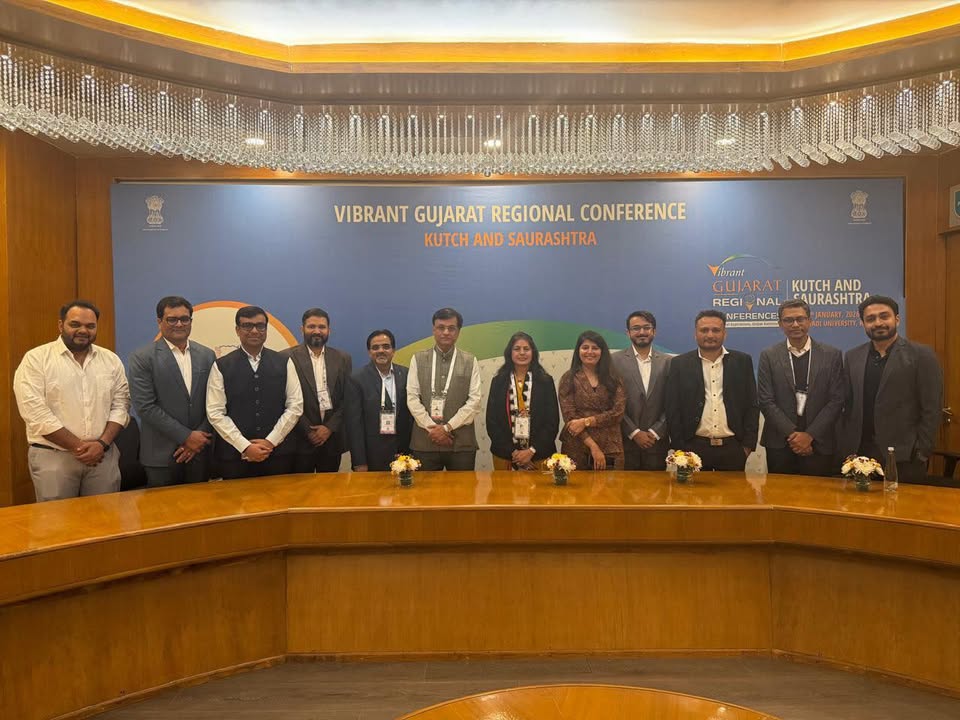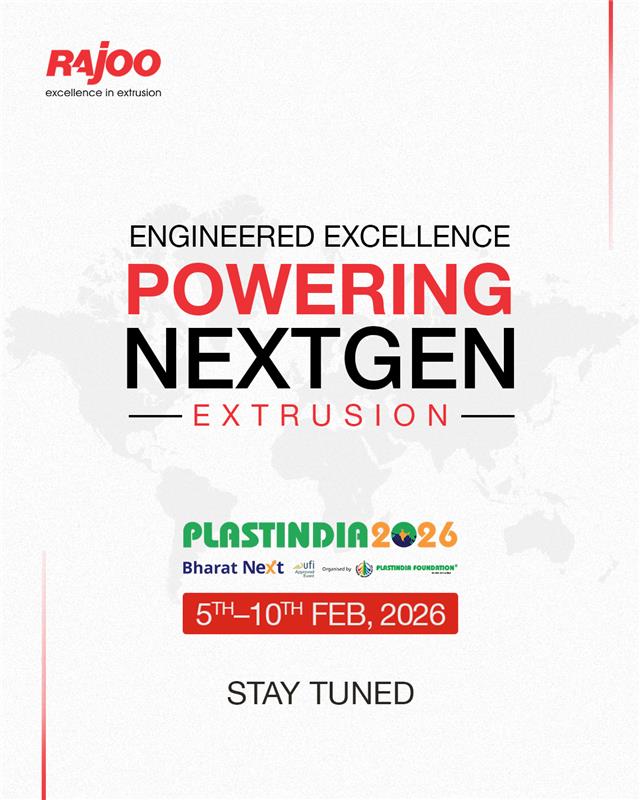Latest update on Plastic industry Automotive lightweighting with alternative plastic materials will remain an important technology trend into the foreseeable 2020 2025 time period The lightweighting potential of every vehicle component is currently under investigation and advanced plastics and plastic composites offer significant lightweighting potential Fiber reinforced plastic composites are typically 25 35 percent lighter than steel parts of equal strength Low and ultra low density sheet molding compound SMC advances are also facilitating weight reductions New material uses to reduce weight will include Greater use of engineered plastics and composites in car body panels Long and continuous fiber technology for structural parts More use of carbon fiber reinforced plastic for structural and other parts as lower cost composites are developed Polycarbonate and acrylic as glazing including car roofs and rear ends Advanced nylons in under the hood applications Foaming and glass bead technology to reduce part density More use of plastic metal and organic hybrid technology Advances in thin gauge high performance steel Growing use of aluminum and magnesium metals The challenges for materials in the automotive drive and under the hood technology include high temperatures moisture and vibrations In order to be able to withstand such an environment over the service life of a car the plastics used often have to be specially equipped

Latest update on Plastic industry:
Automotive lightweighting with alternative plastic materials will remain an important technology trend into the foreseeable 2020-2025 time period. The lightweighting potential of every vehicle component is currently under investigation, and advanced plastics and plastic composites offer significant lightweighting potential.
Fiber-reinforced plastic composites are typically 25-35 percent lighter than steel parts of equal strength. Low and ultra-low density sheet molding compound (SMC) advances are also facilitating weight reductions.
New material uses to reduce weight will include:
.Greater use of engineered plastics and composites in car body panels
.Long and continuous fiber technology for structural parts
.More use of carbon fiber-reinforced plastic for structural and other parts as lower cost composites are developed
.Polycarbonate and acrylic as glazing, including car roofs and rear ends
.Advanced nylons in under-the-hood applications
.Foaming and glass-bead technology to reduce part density
.More use of plastic-metal and organic hybrid technology
.Advances in thin-gauge, high-performance steel
.Growing use of aluminum and magnesium metals
The challenges for materials in the automotive drive and under-the-hood technology include high temperatures, moisture and vibrations. In order to be able to withstand such an environment over the service life of a car, the plastics used often have to be specially equipped.








Going green starts with good attitudes, not heavy platitudes. Happy #EarthDay2014..